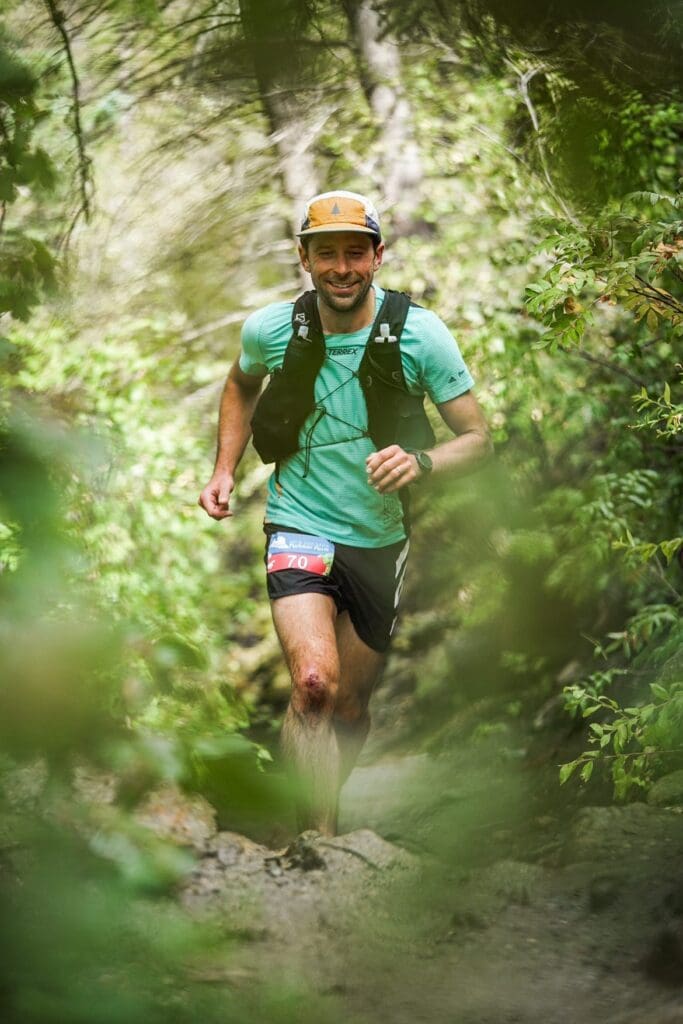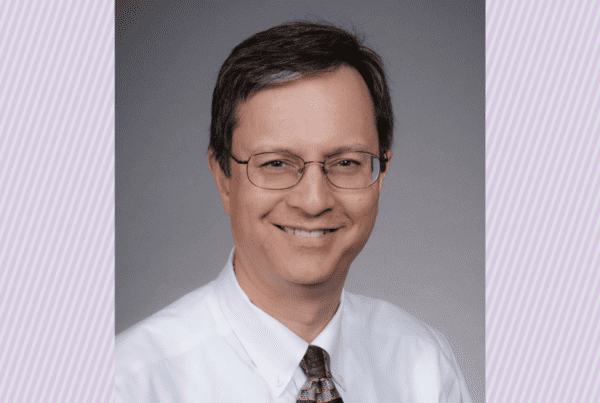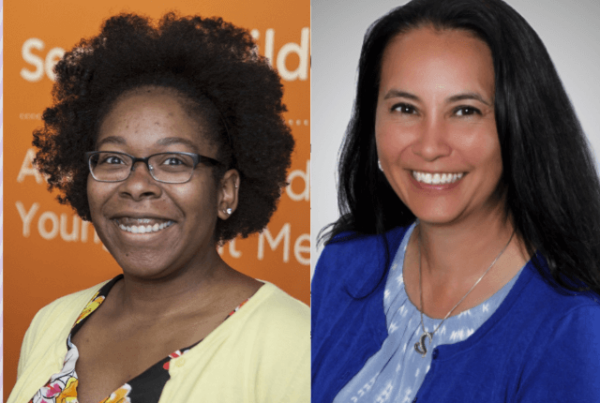To be an ultramarathon runner, you must be passionate, focused and committed — and the same could be said for working in healthcare. Richard Lockwood, RT, angiography and cardiac catheterization lead technologist at Harborview, is all of those things. He has been conducting angiography procedures, which X-ray your blood vessels, for over five years. And when he’s not at the hospital, he’s running trails around Seattle training for 50K,100K, and 100-mile ultramarathons.
As Lockwood tells it, this is how his work in medicine helps him train for ultramarathons.
I’ve been working at Harborview as an angiography technologist for about five and a half years now, and I was in a radiology technology program at Bellevue College for two years before that.
In angiography, we cover neuro, the cardiac catheterization lab, and body interventional radiology, which involves inferior vena cava (IVC) filters, drain placements, embolizations and much more. We also go down to the operating room to perform endograft work and peripheral work with vascular surgeons.
I think the most rewarding thing about doing angiography procedural work — especially with emergent stroke or heart attack — is someone can be in a ton of pain and be going in a very bad direction and then an hour or two later they can be giving you a high five on the way out of the lab and have no chest pain or be able to talk again in the case of a stroke, and it’s because of the work we’re doing with the care team.
Kicking into high gear
I played a lot of soccer growing up. When I was in radiography training, I didn’t have time to play soccer, so I started running to stay in shape. I set a goal to run a marathon and did the Seattle Marathon. For five or six years I would run one road marathon each year, but I’ve also always been a big rock climber and backpacker, so that’s how I found out about trail running. It just so happens that most trail races are ultramarathons. I immediately got hooked on that.
Balancing his passions
It’s pretty tough balancing training and medicine. Luckily, I only work two 12-hour shifts a week. I get home from 12 hours of being on my feet and then lace up my shoes and go on an eight-mile run in the park. I also am on call in our department, so sometimes I’m running with a pager. I try to squeeze it in when I can. I always tell myself the best ultramarathon training is when I run after a 12-hour shift. That’s exactly what it feels like in a race when you’re already tired and have to keep running.

Photo Courtesy of Mike McMonagle
Going for gold
I ran the 2022 Run Rabbit Run ultra, and it was amazing; it was the first 100-mile race I had ever won. I didn’t lead at the start of the race. I think I was in third or fourth place until mile 63. When I finally crossed the finish line and I’d won it was surreal. I was super grateful and really stoked that all the hard work I’d been putting in all year long had paid off. I definitely won’t forget that any time soon.
Putting in the miles
I just ran a 100K in north Thailand. It was absolutely beautiful. This April, I’m running a 50-miler in California which is a qualifier for the USA mountain running team for the world mountain championship. The top two from the race are selected. It will be really tough to get top two, but it’s exciting that it’s an idea I can be entertaining.

Photo Courtesy of Running Connect Inc.
Passing on the baton
I would encourage anyone, if they do have any type of spare time, find something where you can really get away from all the trials and tribulations of life and just be alone with your thoughts. I think it’s something huge for me just to have alone time to decompress and think through things and also just experience pure joy. Running ultramarathons is not something everyone would find fun — though I didn’t start running until I was 25, and I didn’t start ultras until I was 30, so you might surprise yourself. But whatever does bring that to you, do it. It’s so important.
Editor’s note: Responses were lightly edited for length, clarity and style.


